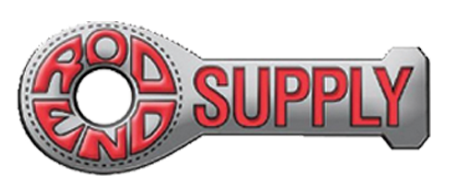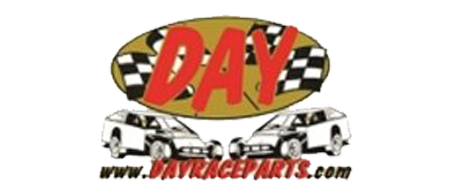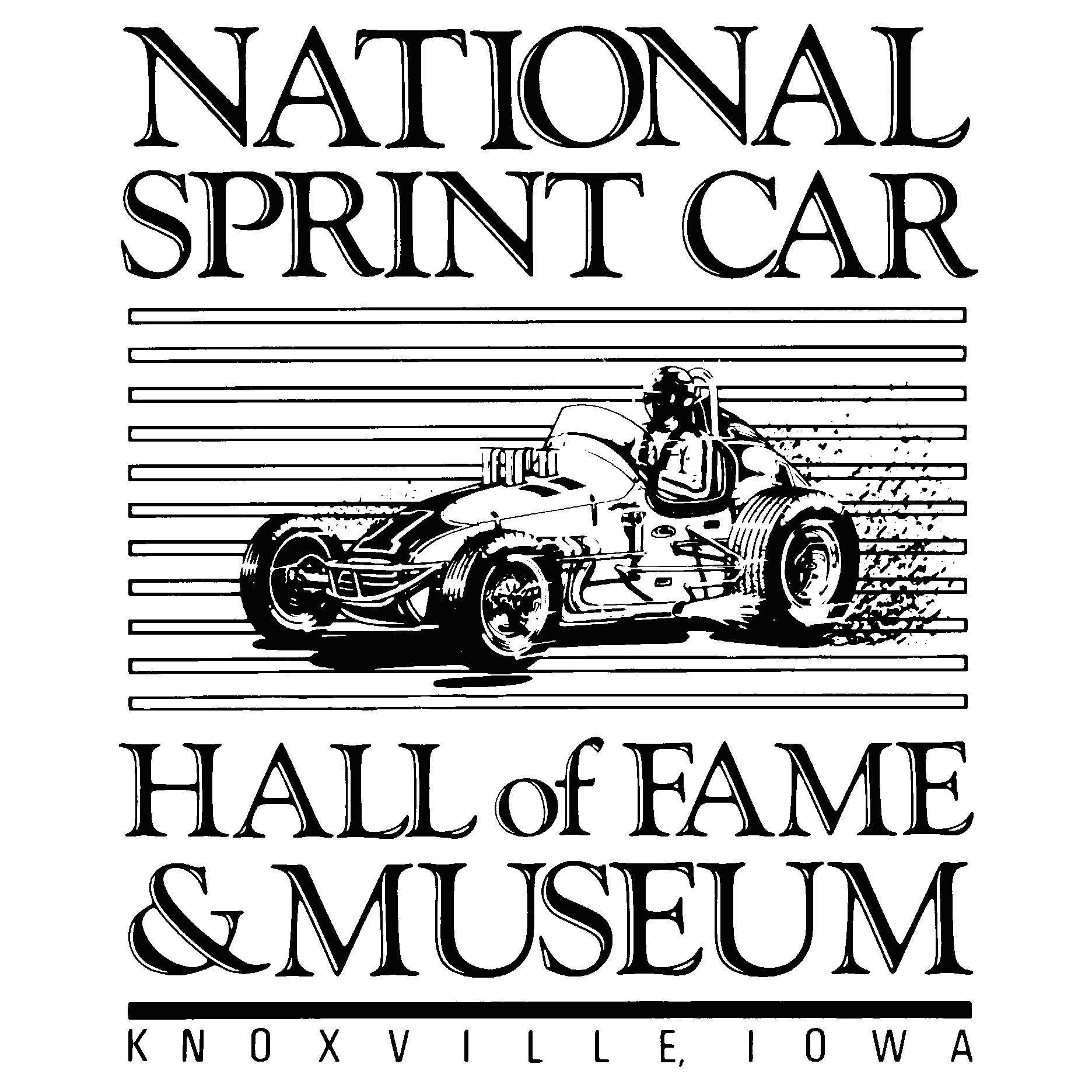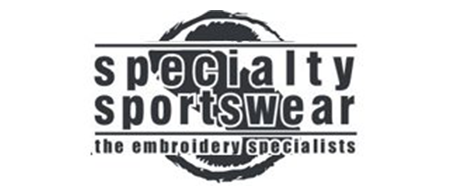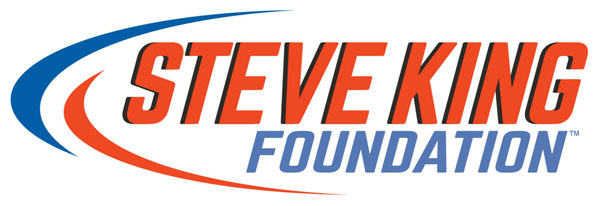NASCAR drivers commend safety advancements that allowed Newman to race another day
Photo by Dave Biro/DB3 Images
LAS VEGAS—NASCAR drivers expressed relief—and gratitude—at Ryan Newman’s release from Halifax Medical Center after his horrific crash at Daytona International Speedway last Monday.
Since Dale Earnhardt’s passing in the 2001 Daytona 500, the collaborative advancements made by the industry and at NASCAR R&D Center in Concord, N.C., have kept competitors safe as they’ve tested the limits of the cars over the last two decades.
Kurt Busch, the only remaining Cup driver to run against Earnhardt in his last race, has witnessed the evolution of safety initiatives available to drivers.
“It’s been an incredible two decades of improvements from all directions,” Busch said. “The teams working together with NASCAR, the technology that’s coming from third party sources, the cars, the SAFER barriers, the seats.
“I remember vividly when a salesman came through the garage in Daytona with a device called the HANS device and he said, ‘Hey, try this on.’ I tried it on as a rookie and I thought to myself, ‘It’s a bit bulky. It’s a little awkward, but I plan on being around a long time and I think I can bring this into my safety equipment regimen'—and never looked back. I’m proud of NASCAR and everyone working together, but there are still little things that we’re always going to find.”
One NASCAR Cup championship and 31 victories later, Busch has been relatively unscathed in his 685 starts. That wasn’t the case for his brother, Kyle, who missed 11 races in 2015 after he broke his leg and ankle following a wreck in the Xfinity Series opener at Daytona. The younger Busch said it was tough getting back into the car.
“Having the injuries that I had and being in the hospital and being laid up being in a hospital bed for a few weeks was challenging,” Kyle Busch said. “You certainly have some of that in the back of your mind to start with and to get back in. ‘Man, if I get back in and crash right away, is that going to end it all over again?’
“You try to put it out of the back of your mind as much as possible and just get out there and do your job. It took me I guess five weeks to get back into the circle of things and be able to win again.”
Because of NASCAR’s track record when it comes to safety, Kyle Busch believes it’s easy to take the element of danger for granted.
“What we’re doing, the severity of what we’re doing, the course of action of what injury can happen – it can happen in any instance, we’re not invincible,” Busch said. “Safety is always an evolution. There’s going to be something else that happens that we have to go through and figure out the circumstances as to why it happened, how can we prevent it from happening again. Not sure what all the instances are in the (Ryan) Newman crash, but there still will be something else down the road I’m sure.
“We saw it with Austin Theriault here, who broke his back in a truck crash years ago. Denny (Hamlin at Auto Club Speedway), obviously his back as well as (Aric) Almirola’s (at Kansas Speedway). There’s a lot of things that will still come of the evolution of safety for all of us. My wreck, we made a lot of changes and advancements, let’s call it, to the race cars, and hopefully, that can help prevent those such injuries happening again.”
Plenty of drivers have tested the limits of the safety equipment throughout the years. Austin Dillon vaulted into the catch fence and spun like a top on the front stretch at Daytona in July of 2015. His accident was one of many that have served as a catalyst for NASCAR safety initiatives.
“In my wreck, my feet were exposed after that wreck and that’s why they put that whole steel box in the bottom,” Dillon said. “I was kind of bummed when they didn’t name it the ‘AD Box’, the ‘Dillon Box’--the AD Box because I made a heck of a wreck.
“NASCAR does a good job of seeing the crash, going over it and making sure that they add bars that don’t make the car any more rigid, but just help the structure of the chassis. If there is a way to make it better, they will. They’re quick enough that we could do it before the next speedway, if there is something that needs to be done.”
NASCAR expects additional safety advancements to the cars when the Gen 7 model is introduced next year. Joey Logano noticed the changes when he tested the car at Phoenix International Raceway last November. As one of the taller competitors in the garage, Logano has advocated additional measures in the cockpit.
“It’s no secret, there’s zero advantage of being tall as a race car driver,” Logano said. “From the weight aspect or even the safety aspect you’re higher in the car, your legs are cramped up more. Obviously, you need all the space that’s in the cockpit. When I was in the meetings about the Next Gen car, one of things that I brought up is that we need to make sure we have enough room in the cockpit for a taller driver.
“Obviously, it’s important to me and when I drove that thing at Phoenix just initially sitting in it I sit quite a bit lower in that car. I have more headroom to the roll cage, which is really important. We see why from last week why it’s important to have some room up there.
“I think we’re sitting a little bit more toward the center of the car, which is a good thing, and then also being lower your head is being lowered to what the roll cage is also a huge positive, so those are all good things.”

.png)
